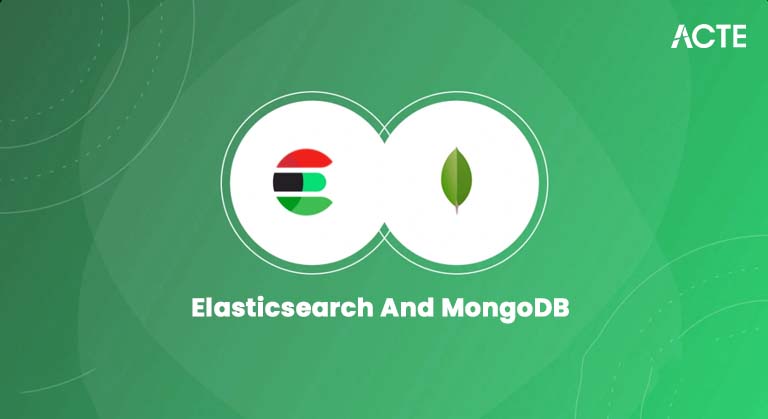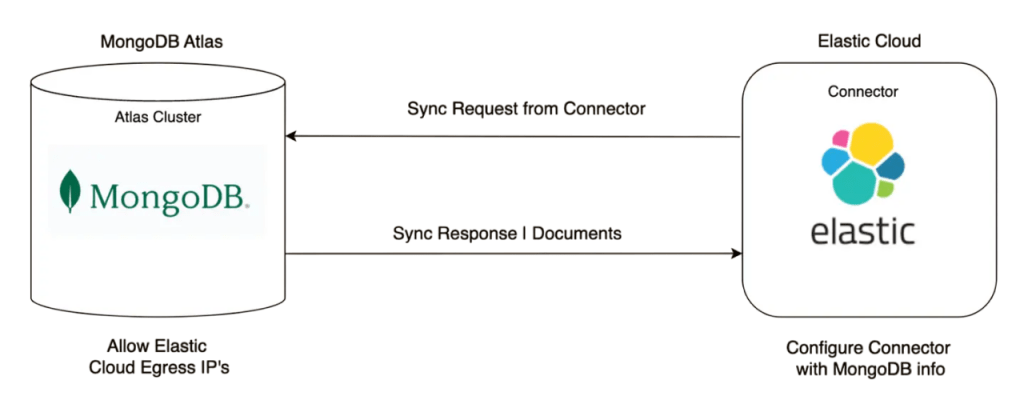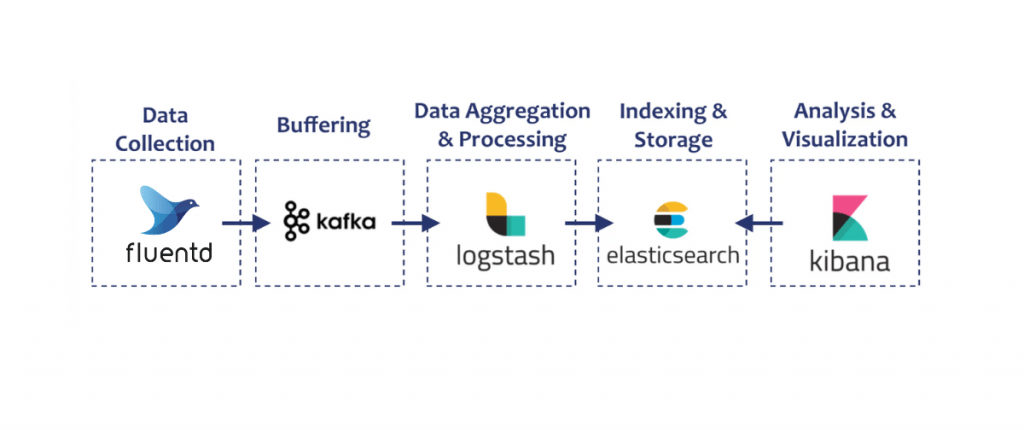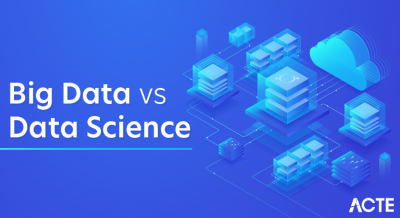
- Overview of Elasticsearch and MongoDB
- Core Architecture Differences
- Data Indexing and Retrieval
- Aggregation and Analytics
- Real-time Processing
- Storage and Performance
- Use Cases and Industry Adoption
- Integration and Tooling
- Security and Access Controls
- Cost and Maintenance
- Choosing Based on Need
- Conclusion
Overview of Elasticsearch and MongoDB
Elasticsearch and MongoDB are widely used data platforms, each serving distinct purposes. Elasticsearch is a distributed, full-text search engine designed for lightning-fast search and analytics. It’s built on Apache Lucene and is often used in log or event data processing, site search, and data visualization. MongoDB, on the other hand, is a general-purpose, analytics capabilities, document-based NoSQL database known for its flexibility and scalability in storing unstructured or semi-structured data. Elasticsearch excels at real-time Processing search and analytics, Cost and Maintenance scalable search while MongoDB is optimal for general-purpose storage with querying capabilities. Understanding their core differences helps in choosing the right tool for specific application needs. Financial institutions use it to detect fraud, manage risk, and tailor investment strategies. Transportation companies analyze traffic patterns and optimize routes, reducing costs and environmental impact. Beyond these areas, Big Data supports advancements in agriculture by monitoring crop health and improving yields. Smart cities rely on Big Data to manage resources efficiently, improve public safety, and enhance urban living. Governments use Big Data to develop policies, respond to emergencies, and improve public services. This article highlights ten prominent real-world examples where Big Data has had a significant impact. These cases demonstrate how analyzing massive datasets can lead to innovation, efficiency, and competitive advantage. As technology continues to advance, Big Data’s potential will grow even further, transforming how organizations operate and how society functions.
Are You Interested in Learning More About Database? Sign Up For Our Database Online Training Today!
Core Architecture Differences
Elasticsearch uses a distributed architecture composed of nodes and clusters, where data is stored in indexes and further divided into shards and replicas for fault tolerance and scalability. Each document is indexed and stored in a format optimized for search.
MongoDB also supports a distributed architecture but focuses on storing JSON-like BSON documents in collections and databases. It supports replica sets for high availability and sharding for scaling. While both systems are scalable, Elasticsearch is tuned for search-first architecture, whereas MongoDB is designed for transactional and operational workloads.

Data Indexing and Retrieval
In Elasticsearch, data indexing is at the heart of its functionality. Every piece of data is tokenized, analyzed, and stored in inverted indexes to allow efficient search operations. It supports a wide range of analyzers for text, making it suitable for natural language queries.MongoDB indexes data primarily to optimize query performance. Developers can create compound indexes, text indexes, geospatial indexes, and hashed indexes depending on the access patterns. Unlike Elasticsearch, MongoDB doesn’t analyze or tokenize text deeply by default.Thus, Elasticsearch is built for fast, complex searches, while MongoDB is optimized for standard querying and data retrieval operations.
Search Capabilities
- Elasticsearch is engineered for full-text search.
- It supports features such as stemming, synonym matching, relevance scoring, fuzzy matching, and more.
- It provides advanced DSL (Domain-Specific Language) for defining queries, and integrates natively with Kibana for visualization.
- MongoDB supports basic search capabilities and recently added Atlas Search (built on Lucene) to extend its scalable search analytics capabilities.
- However, for complex full-text searches, MongoDB often integrates with Elasticsearch.
- If your use case demands high-speed, relevant search results with complex filtering, Elasticsearch is the superior choice.
- Log and metrics analytics (e.g., ELK Stack)
- E-commerce product search
- Real-time monitoring dashboards
- Security event analysis MongoDB Use Cases:
- Content management systems
- IoT and mobile applications
- Real-time analytics for business intelligence
- Catalog and inventory management
- Elasticsearch integrates with tools like Logstash, Beats, Kibana, Grafana, and APM agents. These integrations make it powerful for observability, log collection, and data visualization.
- MongoDB supports various SDKs, ORM libraries, and integrations with Apache Spark, Kafka, BI connectors, and cloud services. MongoDB Atlas adds powerful tools for performance monitoring, backups, and automation.
- While Elasticsearch shines in the data observability stack, MongoDB provides robust integration for full-stack application development.
- You need full-text search with relevance scoring.
- Real-time analytics is a core requirement.
- You are building monitoring, alerting, or logging systems. Choose MongoDB if:
- You need a flexible schema for evolving applications.
- You require transactional support and consistency.
- You’re building mobile or web applications needing quick iteration.
To Explore Database in Depth, Check Out Our Comprehensive Database Online Training To Gain Insights From Our Experts!
Aggregation and Analytics
Elasticsearch supports a powerful aggregation framework that allows real-time analytics on massive datasets. It can group, filter, and perform statistical computations during search queries without needing external processing tools.MongoDB also features an aggregation pipeline, which uses stages like $match, $group, $project, and $lookup for complex data processing tasks. It is suitable for building ETL processes, transforming data, and producing computed results from collections.While both support aggregation, Elasticsearch has a performance edge in real-time and analytical computations, especially on log and event data.
Real-time Processing
Elasticsearch is highly regarded for real-time data indexing and querying. It’s commonly used in real-time monitoring solutions like ELK Stack (Elasticsearch, Logstash, Kibana) for processing and visualizing log data in milliseconds.

MongoDB offers real-time processing to some extent, especially with change streams and MongoDB Atlas triggers. However, its real-time capabilities are not as specialized or optimized as Elasticsearch.If you’re building systems that require instant indexing and querying (e.g., security monitoring), Elasticsearch is the better fit.
Storage and Performance
Elasticsearch is designed for fast, read-heavy workloads. Its storage is optimized for search operations with inverted indexes. However, write-heavy operations can be more costly and require careful tuning of indexing strategies and resource allocation.MongoDB offers balanced read/write performance, better suited for transactional systems. It stores data in BSON format with a flexible schema, which enables quick development and iteration.In summary, Elasticsearch wins in search and read-heavy use cases, while MongoDB is more efficient for general-purpose data operations.
Use Cases and Industry Adoption
Elasticsearch Use Cases:Both tools are widely adopted in industries such as finance, healthcare, retail, and technology, depending on their specific needs.
Integration and Tooling
Want to Learn About Database? Explore Our Database Interview Questions and Answers Featuring the Most Frequently Asked Questions in Job Interviews.
Security and Access Controls
Elasticsearch offers security features like TLS, role-based access control (RBAC), audit logging, and field-level security in the commercial version (Elastic Stack with X-Pack). The open-source version has limited security capabilities.MongoDB includes RBAC, SSL/TLS, field-level encryption, and IP whitelisting. MongoDB Atlas further enhances security with features like encryption at rest, LDAP integration, and more.For sensitive data and compliance-driven projects, MongoDB (especially Atlas) offers more comprehensive security out of the box.
Cost and Maintenance
Elasticsearch can be cost-effective for search-heavy applications but may become expensive with large clusters due to resource demands from indexing and storing replicas. It also requires careful tuning and monitoring for stability.MongoDB provides cost efficiency for general-purpose use. MongoDB Atlas offers a fully managed cloud solution with predictable pricing models. Elasticsearch also offers Elastic Cloud, but costs can scale with data volume and node requirements.Cost and Maintenance depends on use case MongoDB is better for transactional apps, Elasticsearch for search and analytics.
Choosing Based on Need
Choose Elasticsearch if:In some scenarios, both tools are used together MongoDB for data storage and Elasticsearch for search optimization.
Conclusion
Elasticsearch and MongoDB serve different, though sometimes complementary, purposes. Choosing the right platform depends on your project’s technical requirements, budget, and growth plans. Understanding their strengths Elasticsearch in search and analytics capabilities, MongoDB in storage and general-purpose querying will guide you in building scalable search and efficient applications.Both platforms are open-source, robust, Cost and Maintenance and widely supported by the developer community, ensuring a strong ecosystem no matter your choice.





